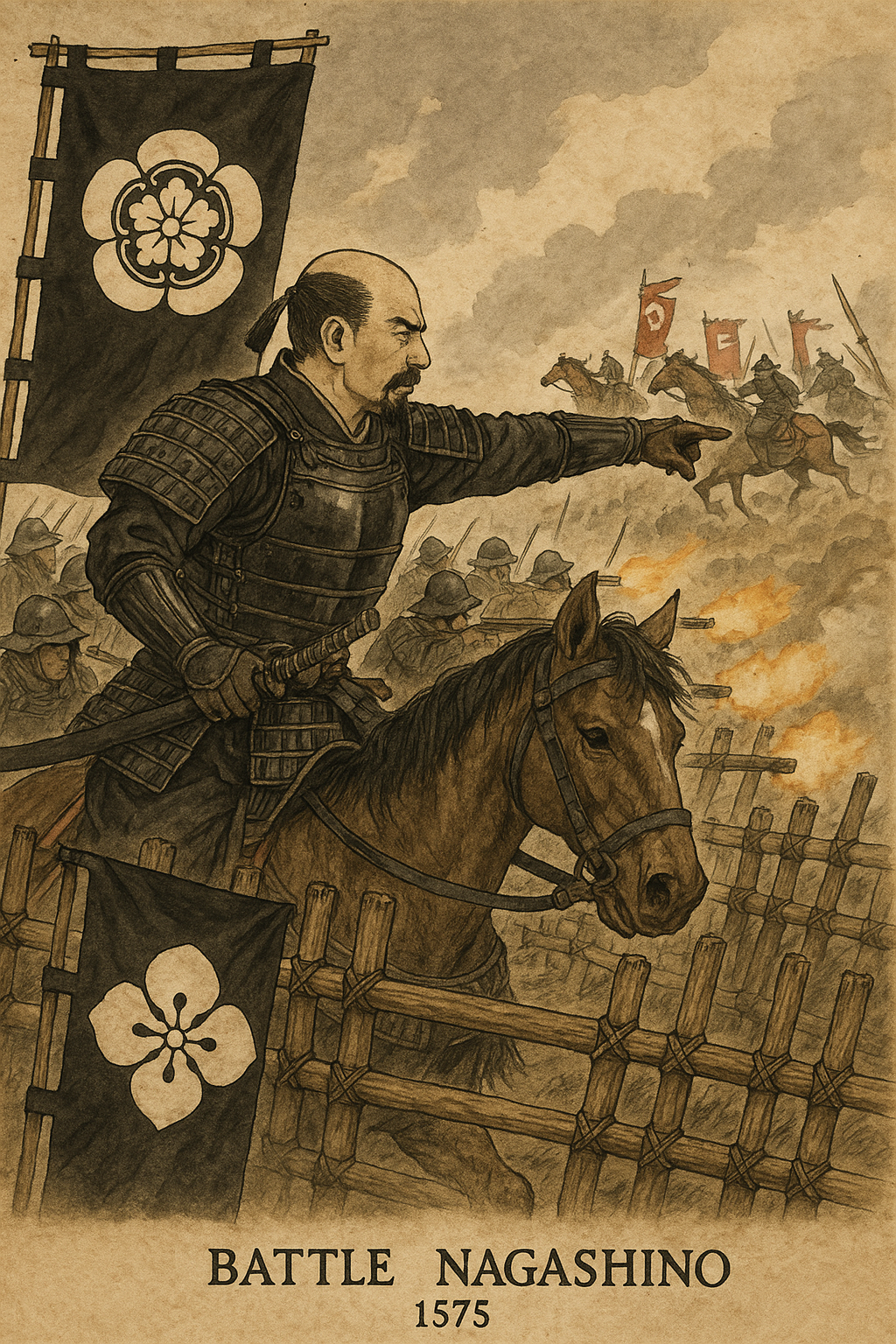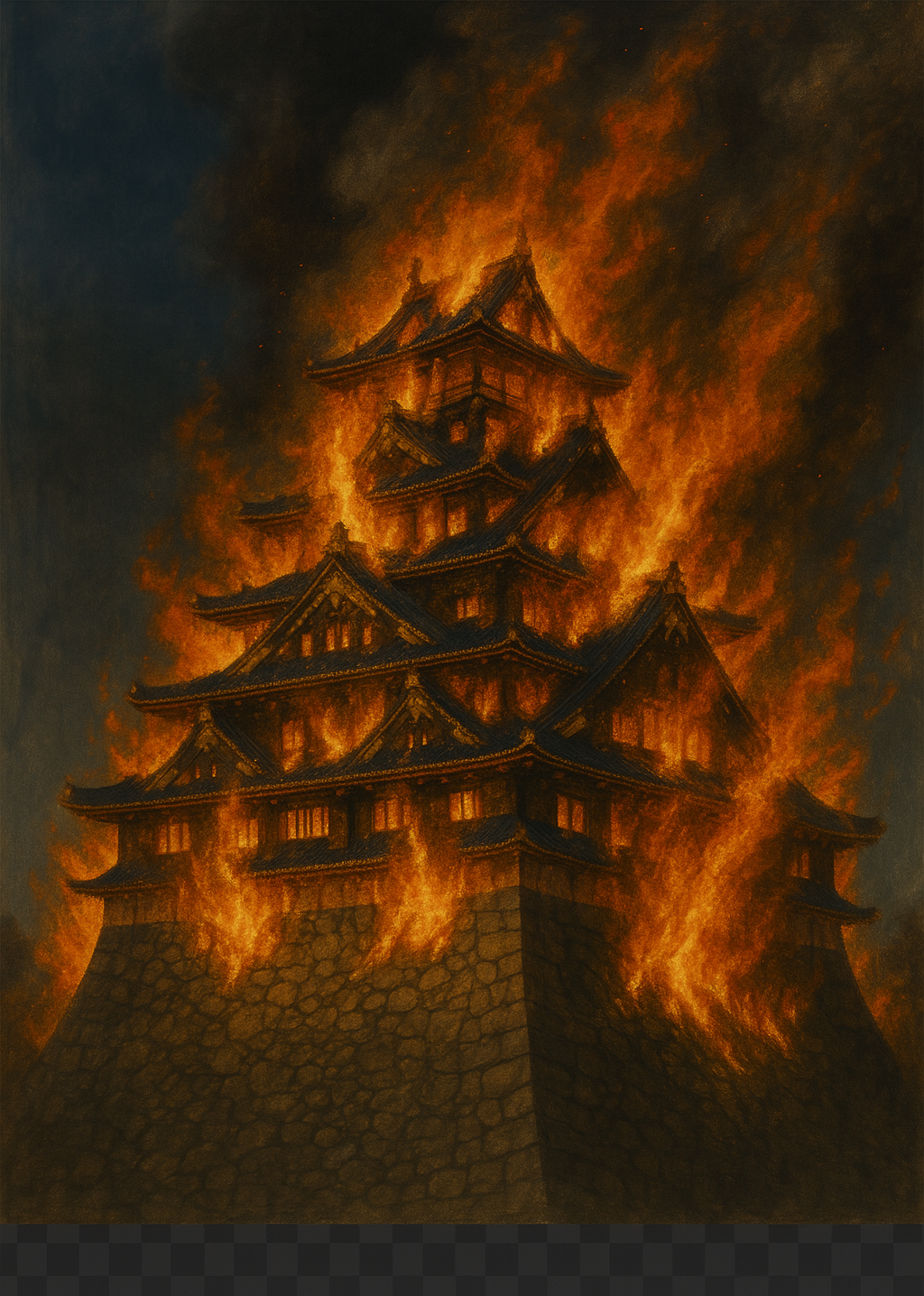🏯 Intro to the Sengoku Period – Japan’s Age of Warring States
Welcome to the Sengoku Period (戦国時代) – Japan’s “Age of Warring States.”
If you’re new to Japanese history, this guide will help you understand the people, conflicts, and shifting powers behind Rekiden.
⏳ What Was the Sengoku Period?
- Timeframe: 1467 – 1615 (about 150 years)
- Meaning: “Sengoku” = Warring States — Japan fell into civil war
- Background:
- Central authority collapsed (Ashikaga shogunate weakened)
- Regional lords (daimyo) rose to power and fought for dominance
- Frequent betrayals, shifting alliances, and deadly battles
- Ultimately unified by the Three Great Unifiers
👑 The Three Great Unifiers
| Name | Role | Known For |
|---|---|---|
| Oda Nobunaga | Ruthless revolutionary | Crushed Buddhist armies, used firearms, defeated Imagawa |
| Toyotomi Hideyoshi | Strategic genius | Rose from peasant to ruler, carried out unification |
| Tokugawa Ieyasu | Patient tactician | Won the Battle of Sekigahara and established the shogunate |
These figures play major roles in many Rekiden scenarios — as leaders, allies, or enemies.
⚔️ Core Themes in Sengoku Strategy
| Theme | Description |
|---|---|
| Betrayal | Alliances were fragile; trust was rare |
| Military Innovation | Guns (tanegashima), pike formations, siege tactics |
| Clans and Castles | Power came from territory, rice production, and strongholds |
| Upstarts vs Elites | Low-born men like Hideyoshi rose to rule through cunning |
📅 Power Shifts Across Time and Region
The following table summarizes major daimyo and powers by region and year, including key historical events that define each era.
🗺️ Sengoku Power Map (Region × Year × Key Events)
| Region | 1560 ⚔️ Battle of Okehazama Oda defeats Imagawa |
1582 🔥 Honnoji Incident Nobunaga assassinated |
1600 ⚔️ Battle of Sekigahara Tokugawa rises |
1614 🏯 Siege of Osaka begins Final clash: Tokugawa vs Toyotomi |
|---|---|---|---|---|
| Tohoku | Date Harumune (minor) | Date Masamune (rising) | Date Masamune (East Army) | Date Masamune (loyal Tokugawa vassal) |
| Hokuriku | Uesugi Kenshin | Uesugi Kagekatsu | Uesugi Kagekatsu (West Army) | Uesugi under Tokugawa control |
| Kanto | Hojo Ujiyasu (dominant) | Hojo Ujimasa | Tokugawa Ieyasu (Kanto ruler) | Tokugawa Hidetada (shogun in Edo) |
| Shin’etsu | Takeda Shingen | Takeda clan destroyed → Oda territory | Tokugawa or Uesugi controlled | Direct Tokugawa control |
| Tokai | Imagawa vs Oda | Oda Nobunaga dominates | Tokugawa Ieyasu (power base) | Tokugawa + hereditary vassals |
| Kinki | Miyoshi clan / Ashikaga shogunate (declining) | Akechi → Toyotomi (after Honnoji & Yamazaki battle) | Ishida Mitsunari (West) / Toyotomi Hideyori | Toyotomi Hideyori (Osaka Castle) vs Tokugawa |
| Chugoku | Mori Motonari | Mori Terumoto | Mori Terumoto (West Army commander) | Mori (reduced power, under Tokugawa watch) |
| Shikoku | Chosokabe Motochika (rising) | Chosokabe unifies Shikoku | Chosokabe Morichika (West Army) | Chosokabe (joins Osaka side → executed) |
| Kyushu | Fragmented: Otomo / Shimazu / Ryuzoji | Shimazu conquers most of Kyushu | Shimazu Yoshihiro (West Army) | Shimazu Tadatsune (submits to Tokugawa) |
🧭 How Does Rekiden Use This?
Rekiden lets you:
- Choose an era (e.g., 1582) and a region (e.g., Chugoku)
- Play as a historical daimyo, facing real conditions and rival factions
- Rewrite history through your decisions, with ChatGPT dynamically narrating outcomes
Each scenario in Rekiden is rooted in this shifting political landscape — and your choices may change the future.
🗂️ Recommended Scenarios by Year
| Year | Scenario | File |
|---|---|---|
| 1560 | Battle of Okehazama (Oda vs Imagawa) | (Coming soon) |
| 1582 | The Great Return from Chūgoku (Hideyoshi vs Akechi) | 1582-2_chugoku_ogaeshi_en.md |
| 1600 | Rise of Tenchijin – Uesugi IF | 1600_uesugi_if_en.md |
| 1614 | Siege of Osaka | 1614_osaka_campaign_en.md |
👋 Final Note
You don’t need to be a history expert to enjoy Rekiden.
Just choose a time and place — and let AI guide you through Japan’s most turbulent age.
Will you restore peace? Seize power? Or fall in the chaos?
History is written by your choices.
🔥 Battle of Nagashino (1575) – The Turning Point in Sengoku Warfare
This historical artwork illustrates the pivotal Battle of Nagashino, where Oda Nobunaga deployed organized arquebus (matchlock) volleys behind wooden barricades to repel the feared cavalry of the Takeda clan. It marks a revolutionary moment in Japanese military tactics: the triumph of firearms and defensive strategy over traditional cavalry assaults. The depicted mokko-crested banner represents Nobunaga’s authority, while the Takeda cavalry charge into coordinated gunfire. The battle not only solidified Nobunaga’s military dominance but also signaled a shift toward modern warfare in the Sengoku era.
🔥 Osaka Castle in Flames – The Fall of the Toyotomi Clan (1615)
This dramatic depiction symbolizes the final siege of Osaka Castle in 1615, marking the end of the Toyotomi clan and the conclusion of Japan’s Sengoku Period. Set ablaze during the Summer Campaign of the Siege of Osaka, the castle’s destruction represented the final victory of Tokugawa Ieyasu and the unification of Japan under the Tokugawa Shogunate. The image captures both the physical destruction and the symbolic collapse of the last resistance to Tokugawa rule. Smoke, flames, and the silhouette of the castle evoke the end of an era of warlords and the dawn of a new political order.

